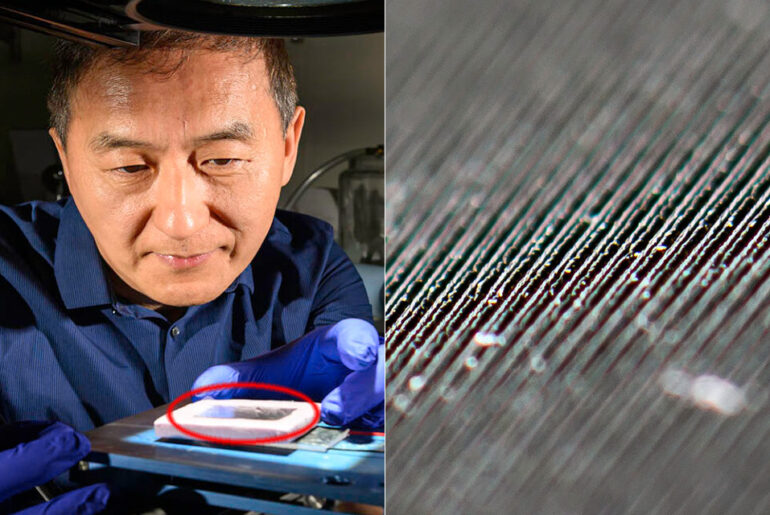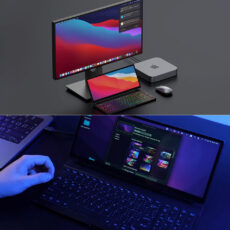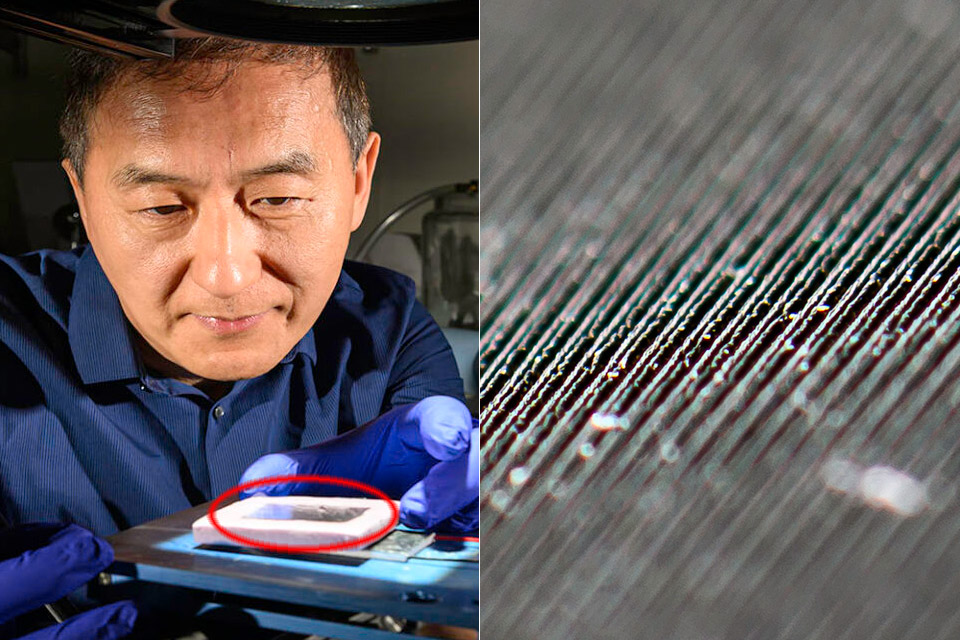
Photo credit: University of Rochester photo / J. Adam Fenster
Solar power has always felt like a broken promise—it has a lot of potential but never quite delivers. A team from the University of Rochester, led by optics expert Chunlei Guo, may have just changed that. They’ve created solar thermoelectric generators (STEGs) using black metal that are 15 times more powerful than previous generations.
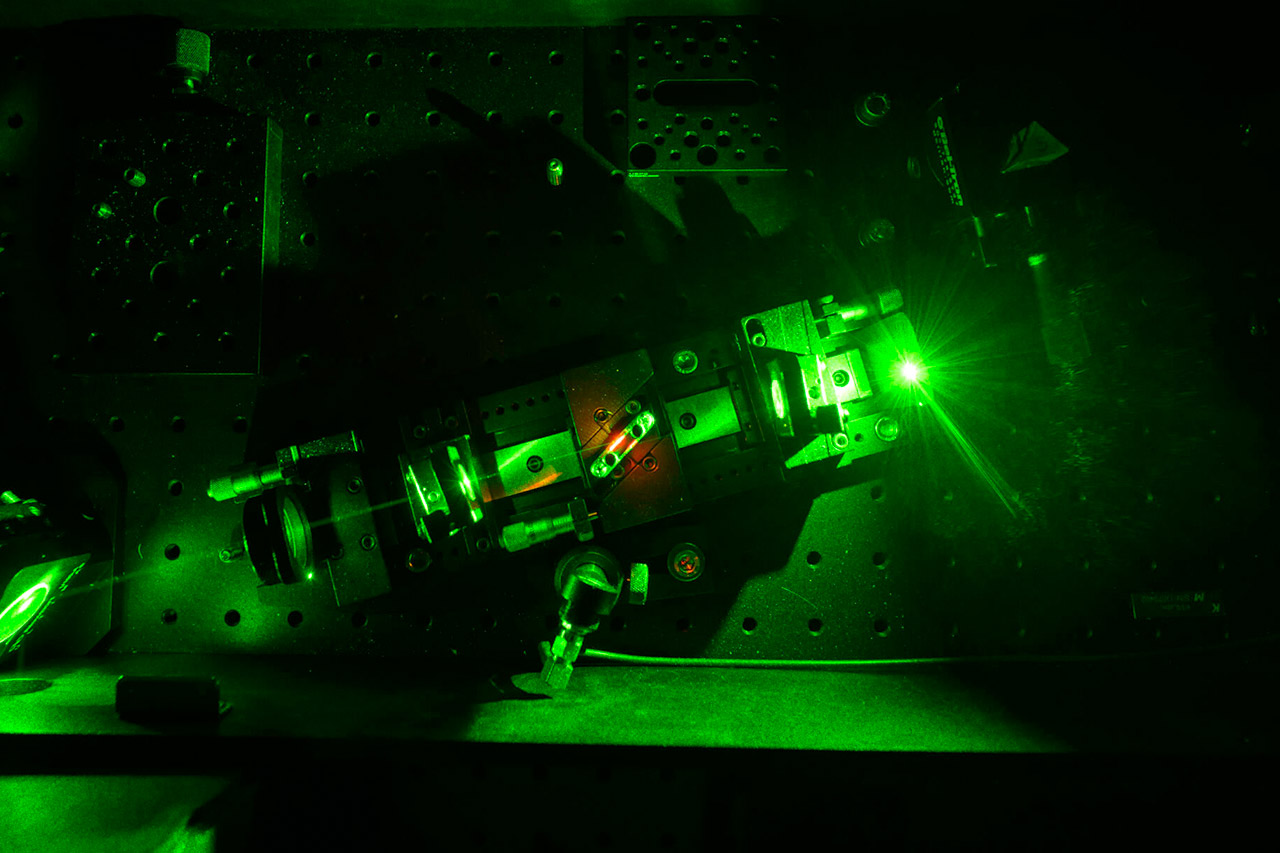
Photo credit: University of Rochester photo / J. Adam Fenster
STEGs are different from the solar panels on your roof. While standard photovoltaic panels convert sunlight directly into energy, STEGs convert any type of heat, solar or otherwise, into power. They work by sandwiching semiconductor materials between a hot and a cold side, and the temperature differential generates electricity via the Seebeck effect.
- To activate C300 DC Portable Power Station for the first time: Recharge with an 18W or higher USB-C wall charger, such as an Anker USB-C charger or...
- Massive Power on the Go: Take portable power anywhere and deliver 300W and 288Wh to your devices. Fast charge with two 140W two-way USB-C ports.
- LiFePO4 battery with a 3-year guarantee: featuring LiFePO4 batteries, smart temperature control, and impact-resistant design ensures this power...
Until now, STEGs have been woefully inefficient, converting less than 1% of sunlight into electricity compared to 20% of residential solar panels. Guo’s team saw that gap and decided to reimagine the hot and cold sides entirely.
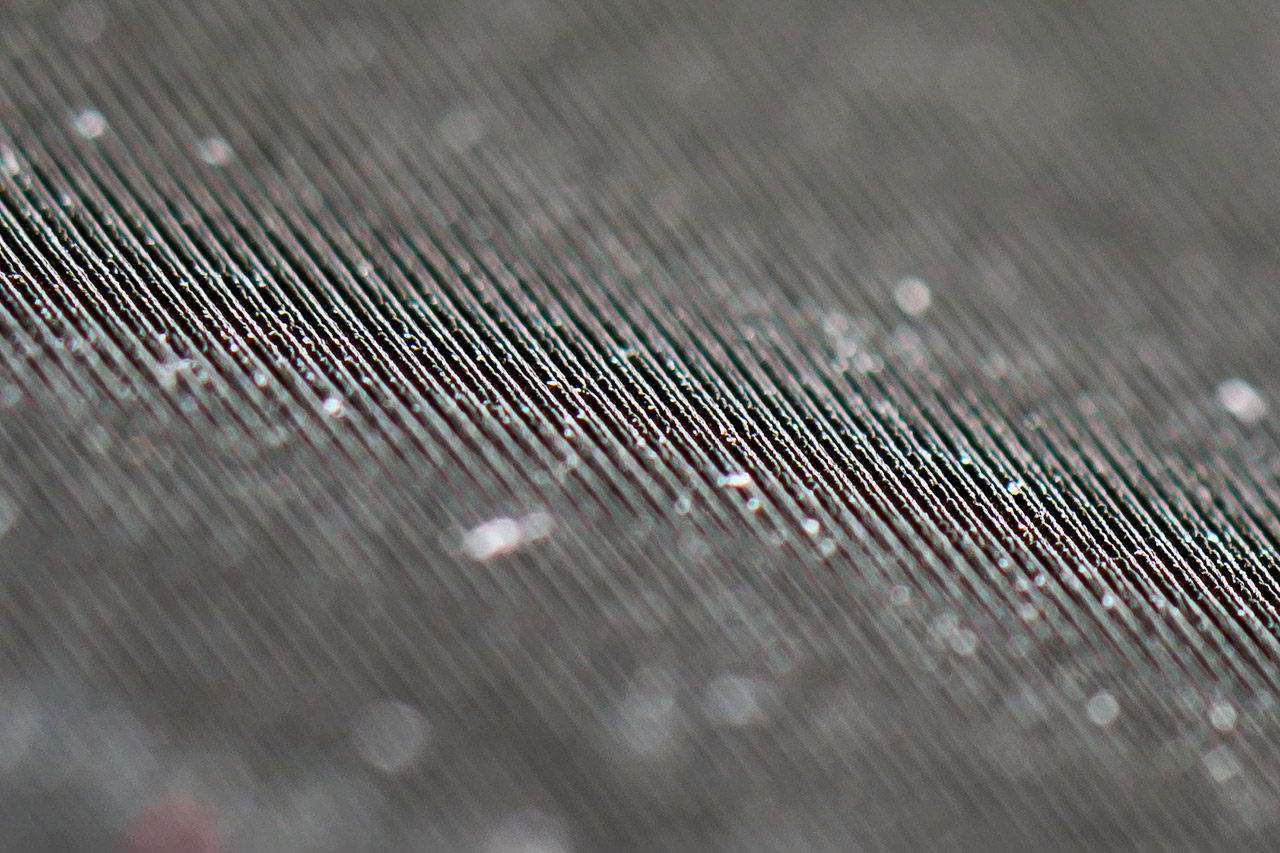
Photo credit: University of Rochester photo / J. Adam Fenster
First, they turned heat-resistant tungsten into black metal by using lasers that pulse at a quadrillionth of a second. This allowed them to etch tiny structures onto the tungsten’s surface, resulting in nanostructures that make the metal absorb sunlight like a sponge, all while minimizing heat loss at wavelengths that don’t contribute to energy production.
Next, they paired this black metal with a piece of plastic to create what Guo calls a “mini greenhouse.” Just like a farmer’s greenhouse traps warmth for plants, this plastic layer traps heat on the hot side of the STEG, keeping the temperature high enough to maximize the Seebeck effect.
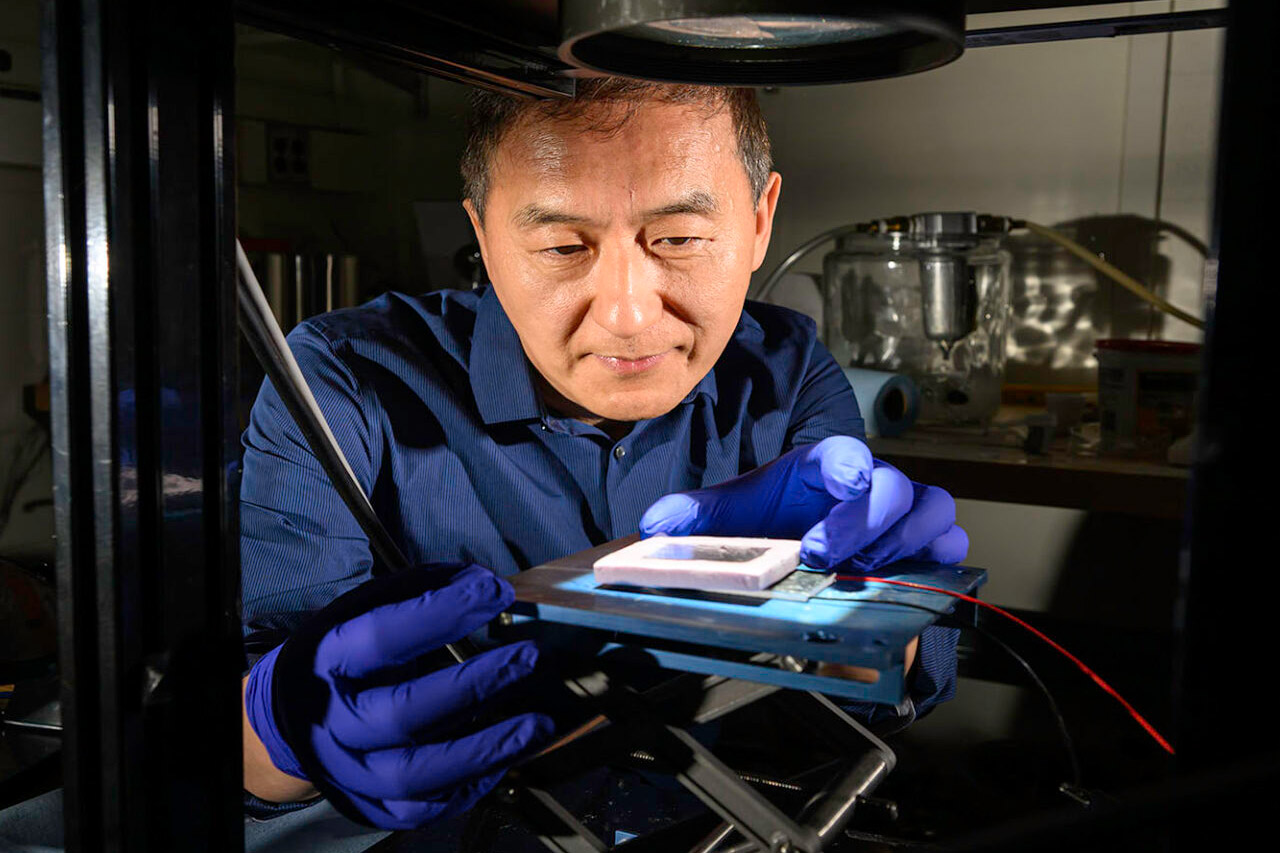
On the other side of the STEG, they tackled the cold side. They took ordinary aluminum and used the same ultrafast lasers to create nanostructures that increase its cooling capacity. This laser-etched aluminum acts as a supercharged heat sink, releasing heat twice as fast through radiation and convection as regular aluminum. By keeping the cold side as cold as possible, they widened the temperature gap between the two sides, necessary for more power.
To test their creation they ran a simple experiment: they used their STEG to power an LED. The results were amazing. Their device could power the LED at full brightness with much less sunlight than older STEGs needed. But it’s more than just brighter lights. This compact, lightweight generator could power weather sensors, smart devices and even off-grid systems in remote areas.
Guo’s black metal isn’t just for small devices; it could lead to bigger systems that compete with regular solar panels. The team’s focus on thermal management—how heat is absorbed and released—is a whole new way of thinking about solar. For years researchers have been working on semiconductor advances with small wins. Guo’s approach skips all that and shows that sometimes the biggest breakthroughs come from looking at a problem from a different angle.
[Sources 1 | 2]

